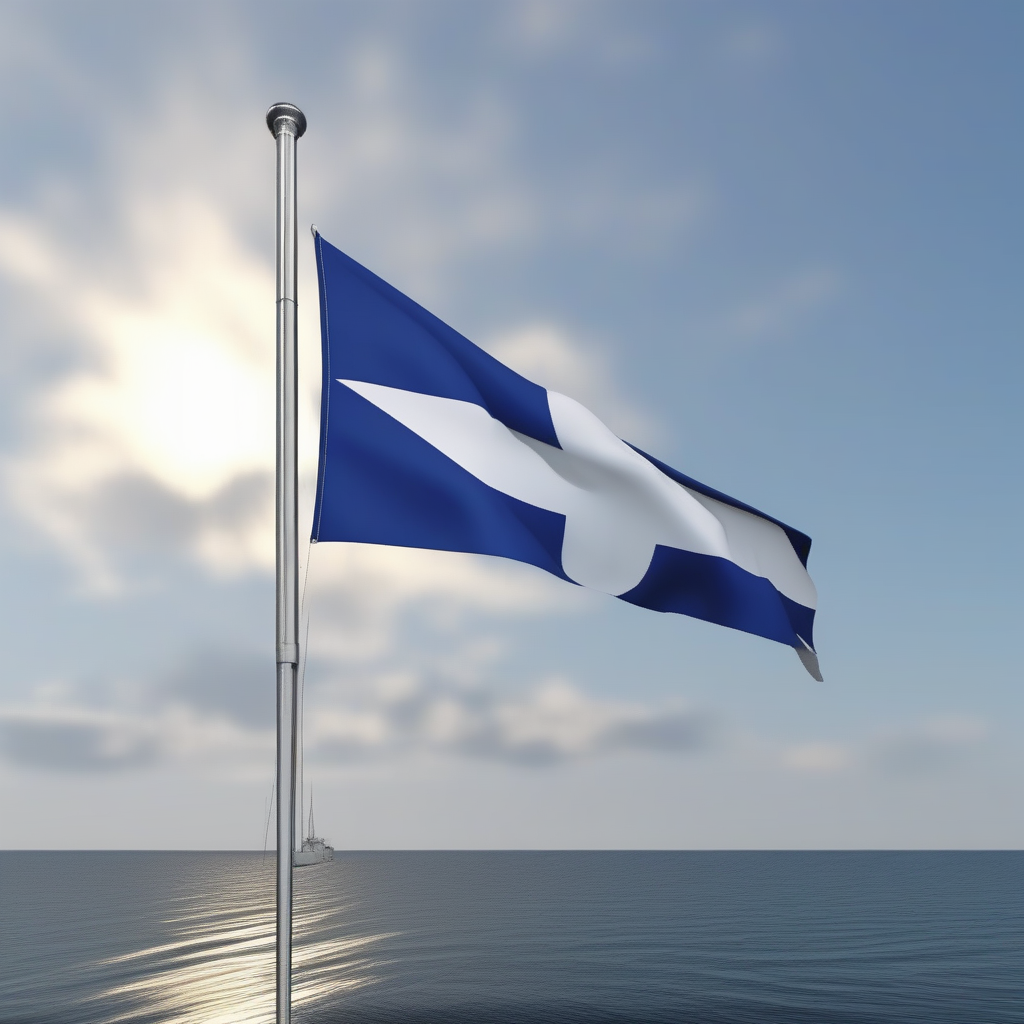Effervescence is a fascinating phenomenon that occurs when bubbles of gas are released from a liquid solution. It is primarily seen in carbonated beverages, such as soda or champagne, where carbon dioxide is dissolved under pressure and escapes as bubbles when the pressure is released. This process gives these drinks their characteristic fizz and is often associated with refreshment and enjoyment.
The effervescence of carbonated beverages is carefully engineered to create a specific sensory experience for the consumer. The release of gas bubbles creates a tingling sensation on the tongue, enhancing the perception of flavor and stimulating the taste buds. The display of bubbles rising to the surface adds a visual appeal, making the drink more engaging to the eye. Furthermore, the sound of the bubbles popping and fizzing can be quite satisfying, contributing to the overall enjoyment of the beverage.
Effervescence is not limited to carbonated drinks; it can also be observed in other contexts. For example, when an antacid tablet is dropped into a glass of water, a similar bubbling effect occurs as the tablet reacts with the water to release carbon dioxide. This effervescence helps to neutralize stomach acid, providing relief from indigestion or heartburn.
Effervescence can also be found in nature. Some natural mineral springs exhibit effervescence due to the presence of dissolved gases in the water. The bubbling gases create a mesmerizing spectacle, often attracting tourists and providing a unique experience.
In summary, effervescence is an intriguing process that adds a special touch to certain beverages while also serving practical purposes in medicine. Whether it’s the delightful fizz in a glass of champagne or the soothing relief provided by an antacid tablet, effervescence brings a sense of excitement and satisfaction to our senses.
